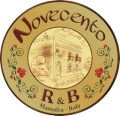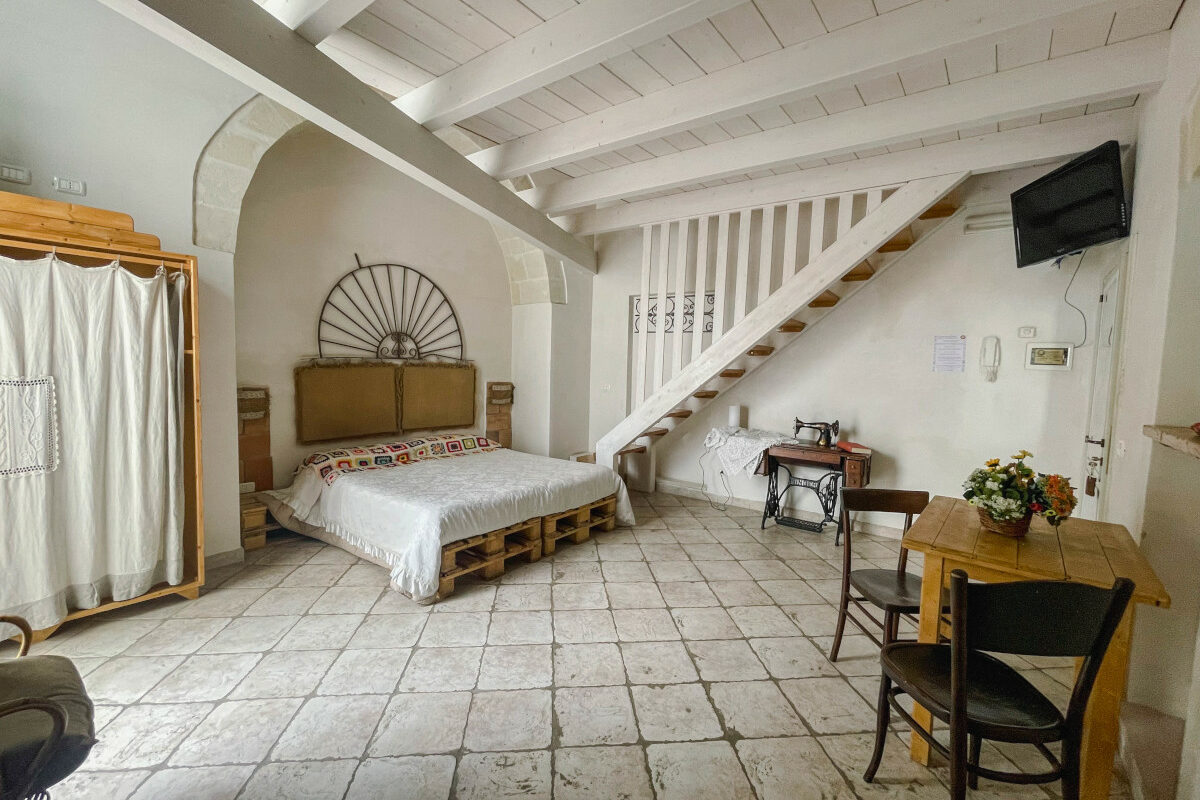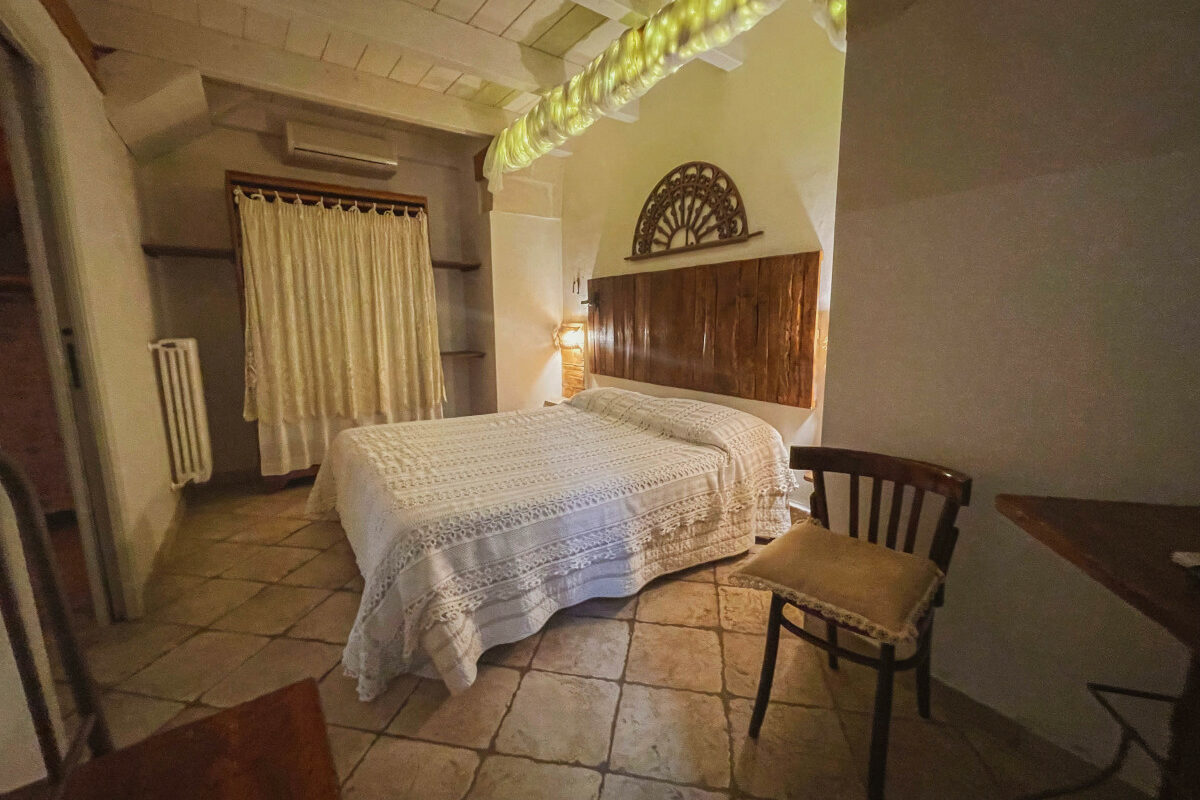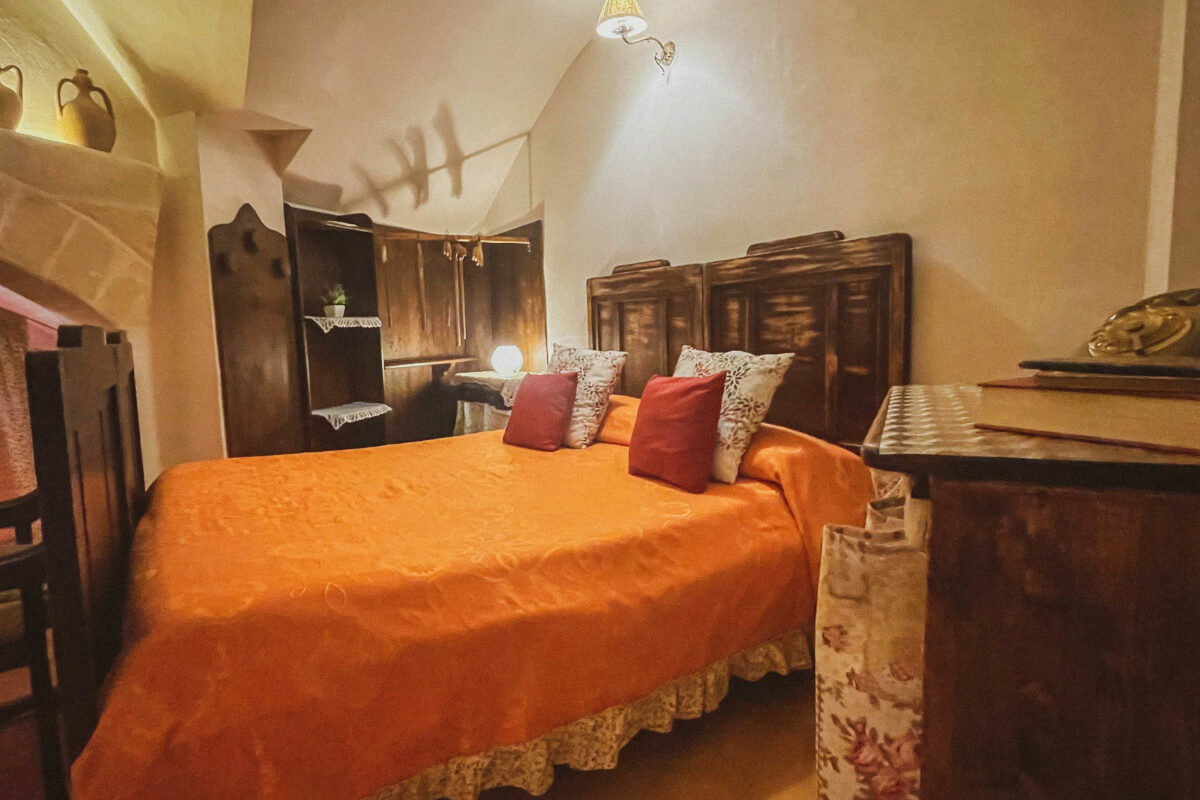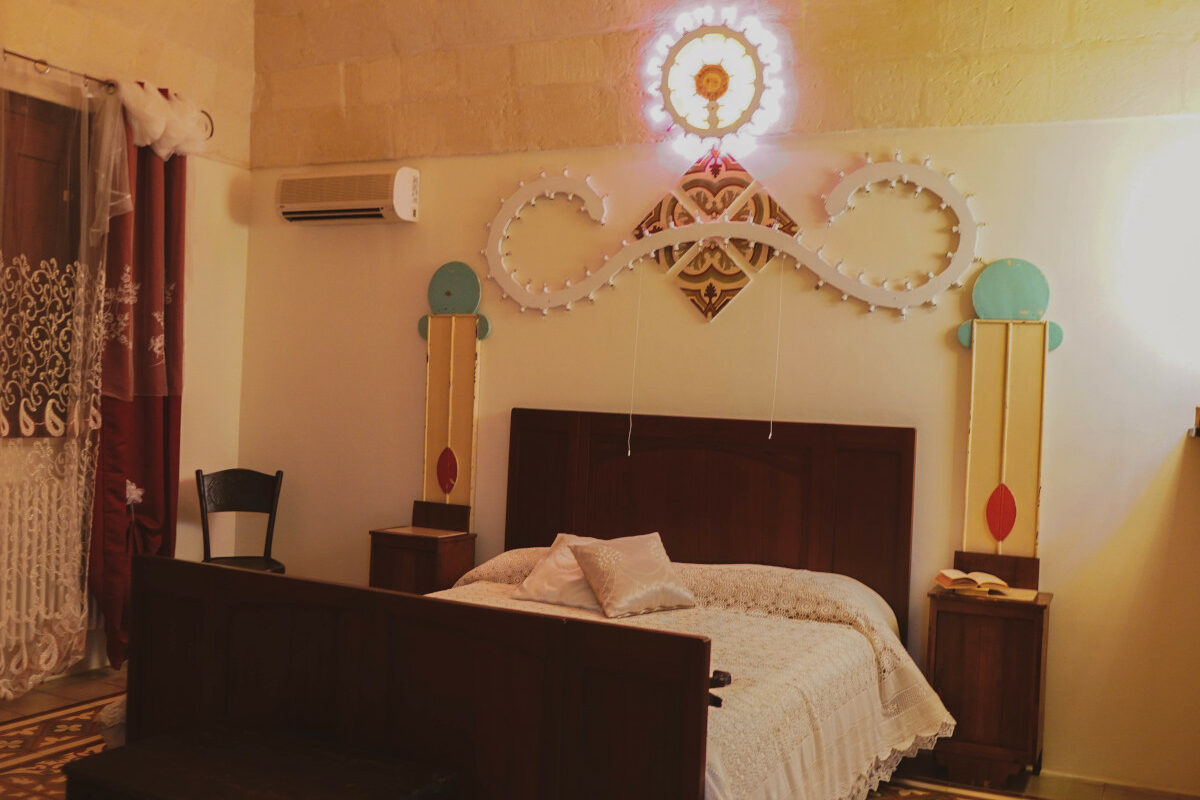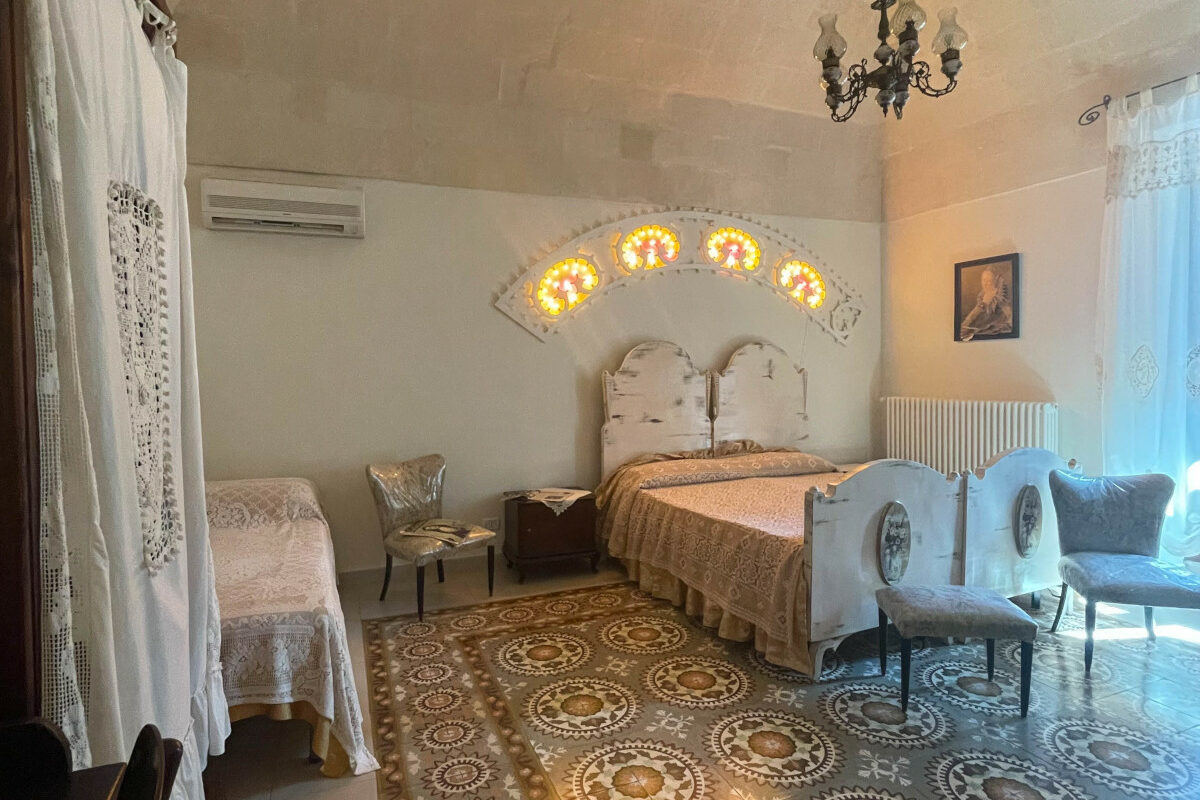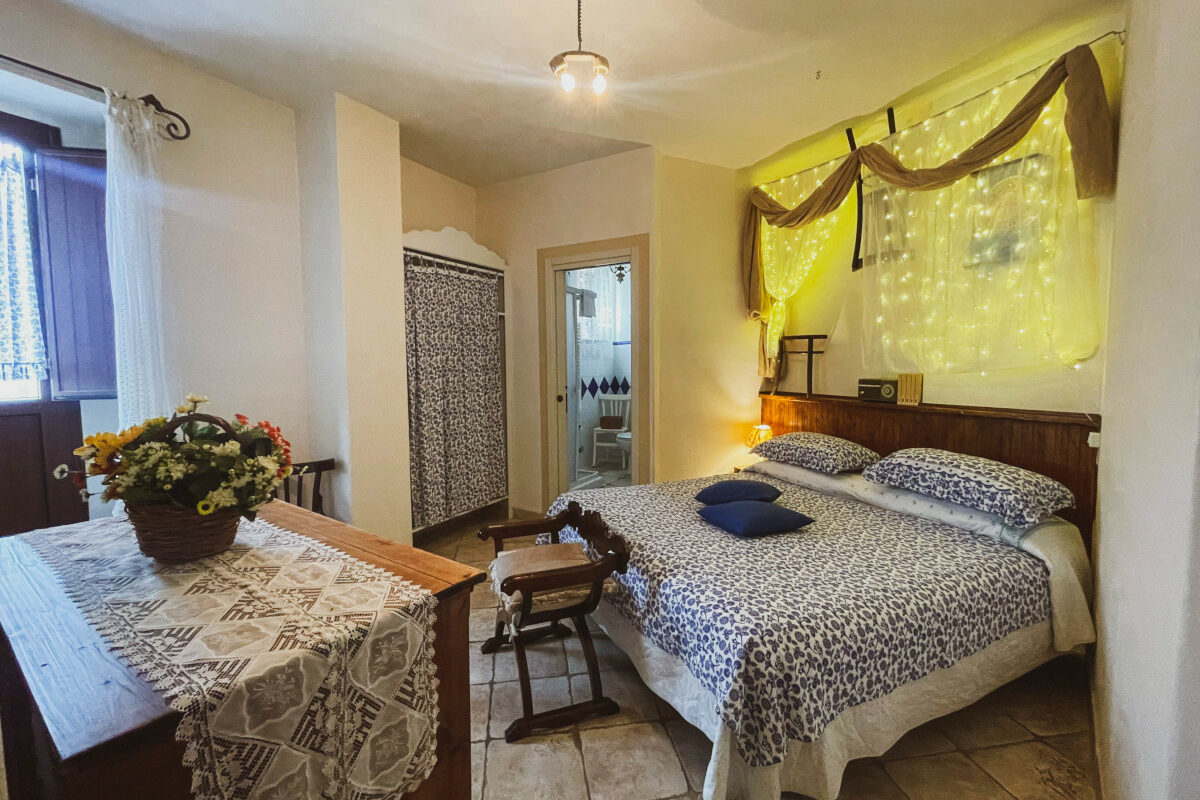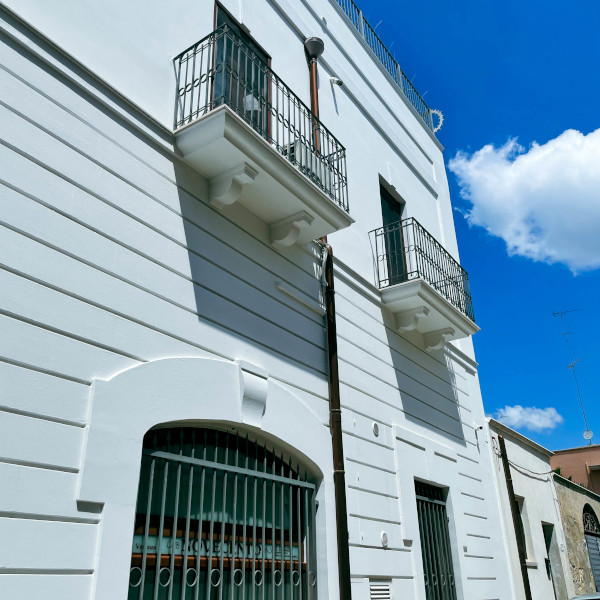
Novecento Room and Breakfast a Massafra, Puglia
Located at 15 Via Tito Speri, Massafra, the Novecento Room & Breakfast occupies a historic building begun in the last century. Its traditional country architecture includes ‘Monacella’ kitchens, niches, terraces, gardens, wells and arches, reflecting the style and needs of that era.
The interior of the R&B, a homage to the simple and authentic life, is decorated with recycled objects such as plates, linen holders, paintings, and old sieves turned into chandeliers, creating a nostalgic and cosy atmosphere. Here, a unique experience of returning to a quieter era is offered.
Our accommodations
Holiday Home ‘910
Details
- Adults: 2
- Children: 2
- Amenities: Bari / Brindisi airport transfer, Bathroom in the room, Breakfast in the room, Centralized warming, Daily cleaning, Free WIFI, Hot / Cold Air conditioner, Mini Bar in the room, Paid laundry, Remote check-in (on request), TV, Vintage car tour (on request)
- View: historic centre
- Size: 70m²
- Bed Type: 1 double bed and 2 single beds
- Categories: Quadruple room
Holiday House ‘920
Details
- Adults: 2
- Children: 3
- Amenities: Bari / Brindisi airport transfer, Bathroom in the room, Breakfast in the room, Centralized warming, Daily cleaning, Free WIFI, Hot / Cold Air conditioner, Mini Bar in the room, Paid laundry, Remote check-in (on request), TV, Vintage car tour (on request)
- View: historic centre
- Size: 70m²
- Bed Type: 1 double bed 2 single beds and 1 sofa bed
- Categories: Quintuple room
Romantic Room ‘930
Details
- Adults: 2
- Amenities: Bari / Brindisi airport transfer, Bathroom in the room, Breakfast in the room, Centralized warming, Daily cleaning, Free WIFI, Hot / Cold Air conditioner, Mini Bar in the room, Paid laundry, Remote check-in (on request), TV, Vintage car tour (on request)
- View: historic centre
- Size: 35m²
- Bed Type: 1 double bed
- Categories: Double Room
Luminary Suite with Bathtub
Details
- Adults: 2
- Amenities: Bari / Brindisi airport transfer, Bathroom in the room, Breakfast in the room, Centralized warming, Daily cleaning, Free WIFI, Hot / Cold Air conditioner, Mini Bar in the room, Paid laundry, Personalized Suite setup, Remote check-in (on request), TV, Vintage car tour (on request), Whirlpool bath
- View: historic centre
- Size: 55m²
- Bed Type: 1 double bed
- Categories: Luxury double room
Borghese Room ‘950
Details
- Adults: 2
- Children: 1
- Amenities: Bari / Brindisi airport transfer, Bathroom in the room, Breakfast in the room, Centralized warming, Daily cleaning, Free WIFI, Hot / Cold Air conditioner, Mini Bar in the room, Paid laundry, Remote check-in (on request), TV, Vintage car tour (on request)
- View: historic centre
- Size: 45m²
- Bed Type: 1 double bed and 1 single bed
- Categories: Triple
Peasant Room ‘960
Details
- Adults: 2
- Amenities: Bari / Brindisi airport transfer, Bathroom in the room, Breakfast in the room, Centralized warming, Daily cleaning, Free WIFI, Hot / Cold Air conditioner, Mini Bar in the room, Paid laundry, Remote check-in (on request), TV, Vintage car tour (on request)
- View: historic centre
- Size: 40m²
- Bed Type: 1 double bed
- Categories: Double Room
Gallery
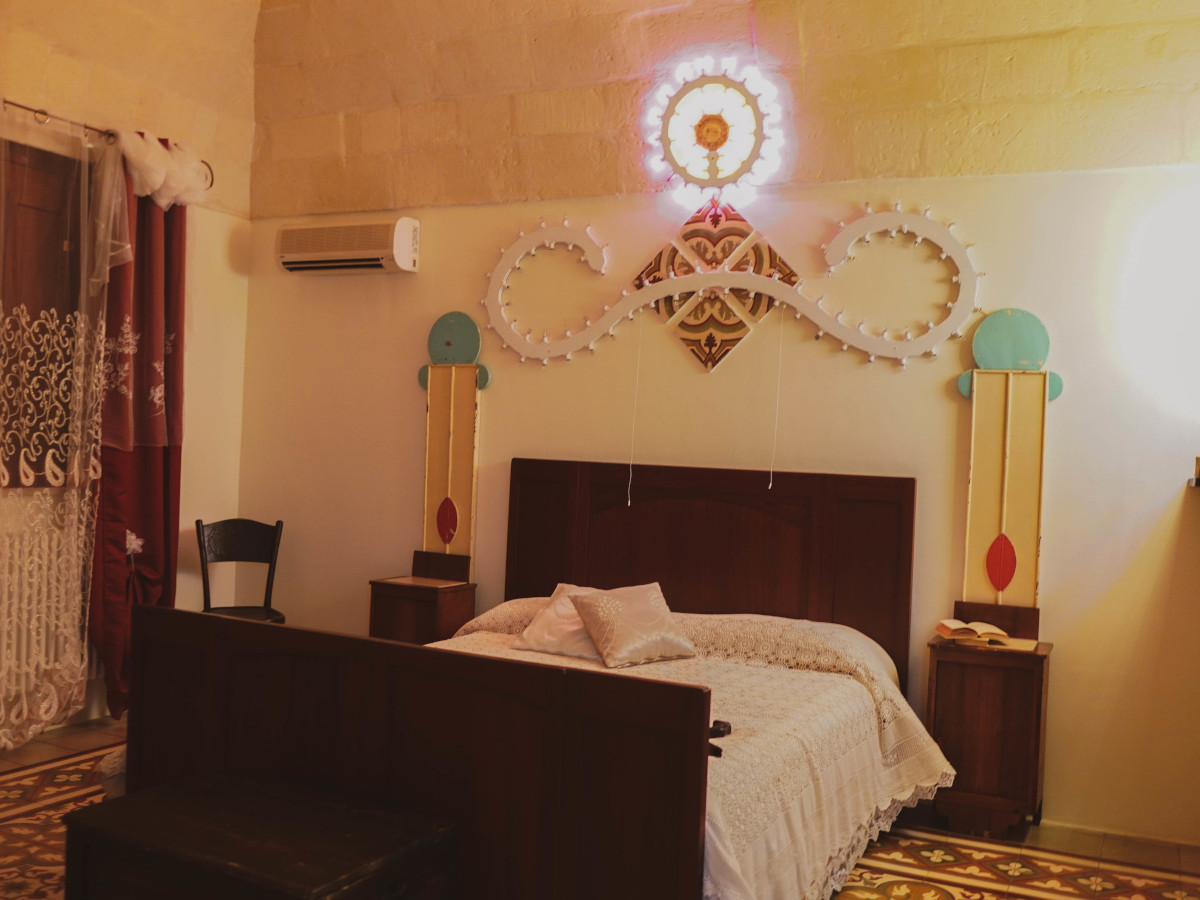


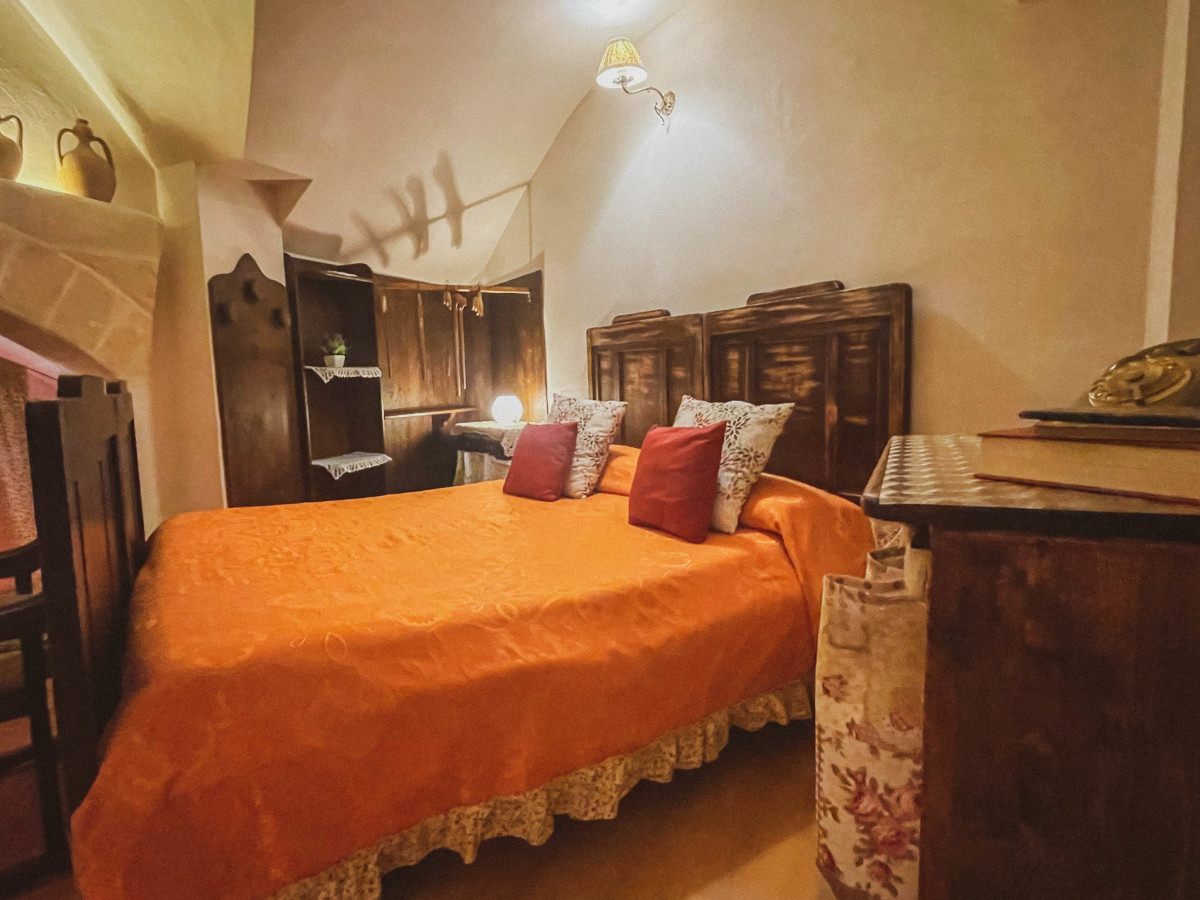
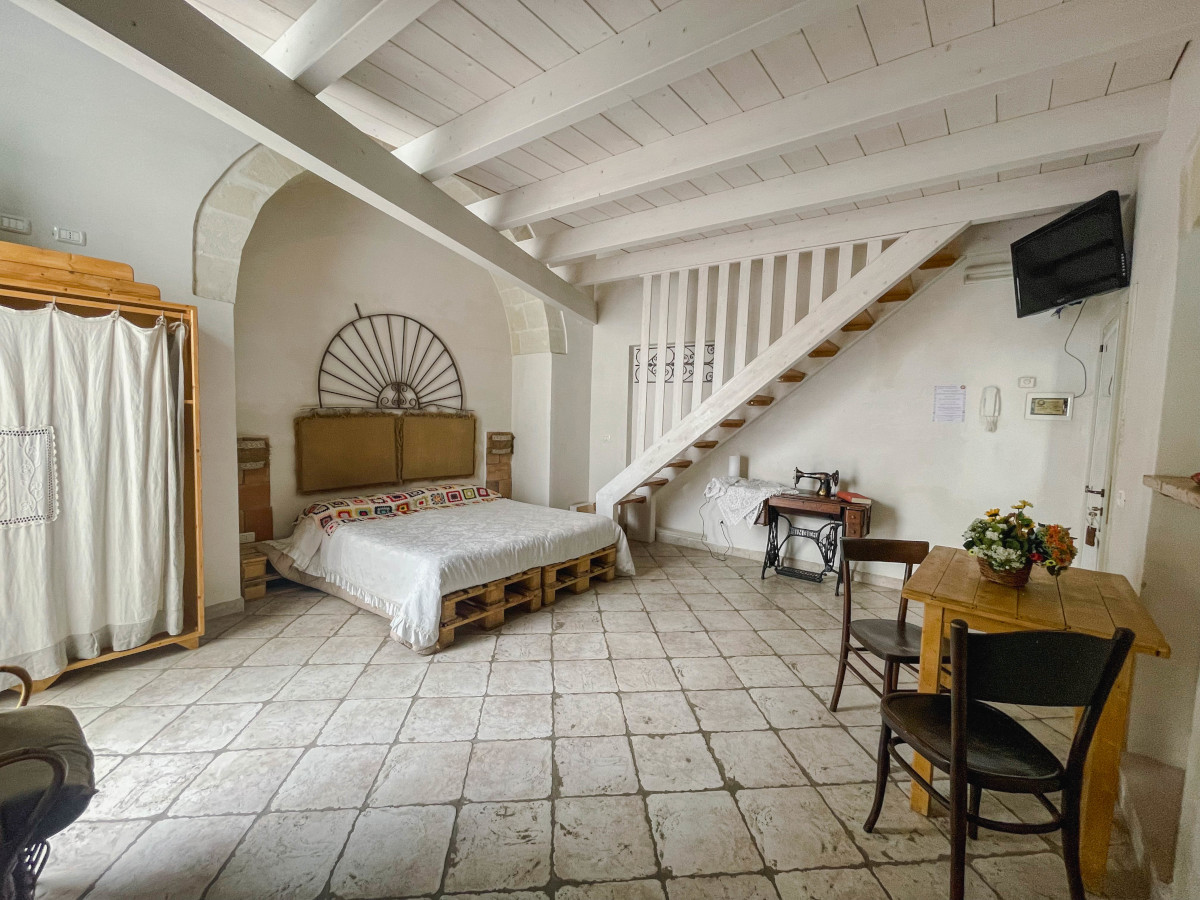
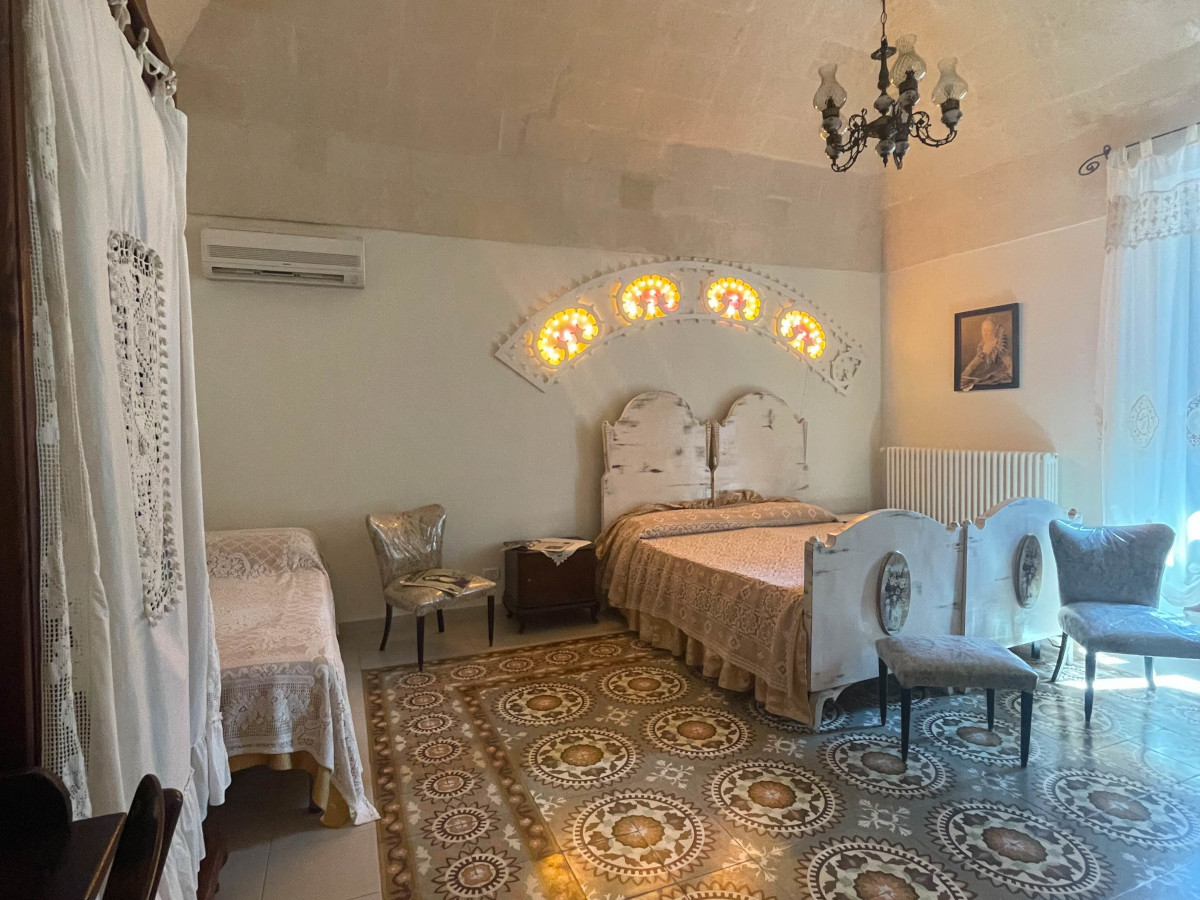
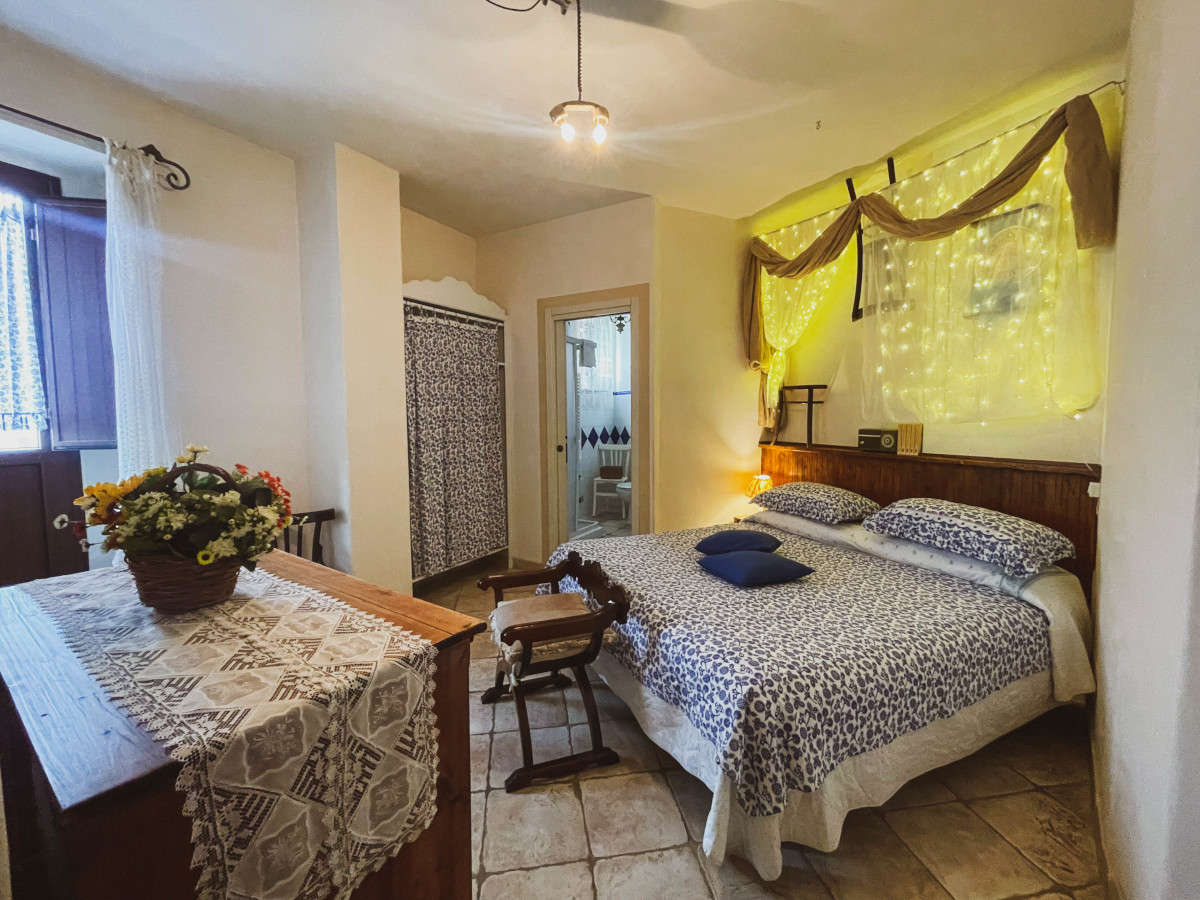
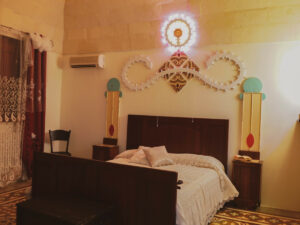
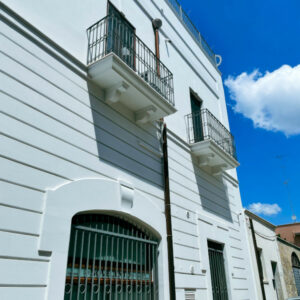
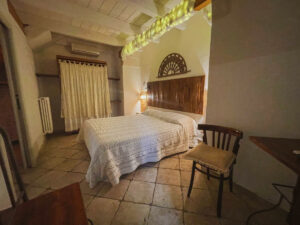
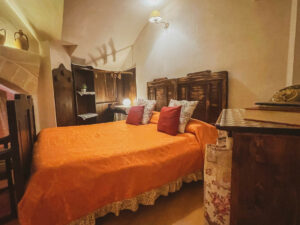
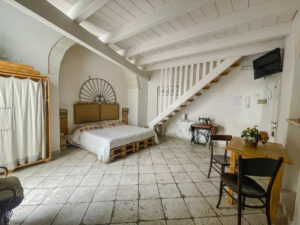
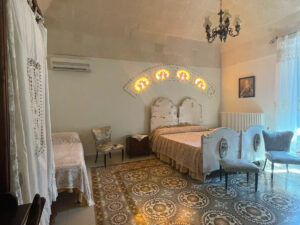
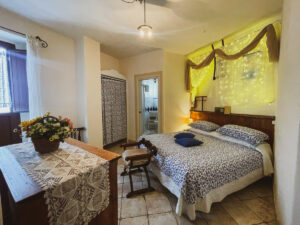

About Us
Are you ready to make a reservation?
Booking online with us is safe! Book your dream stay with one click or email us with your questions.
